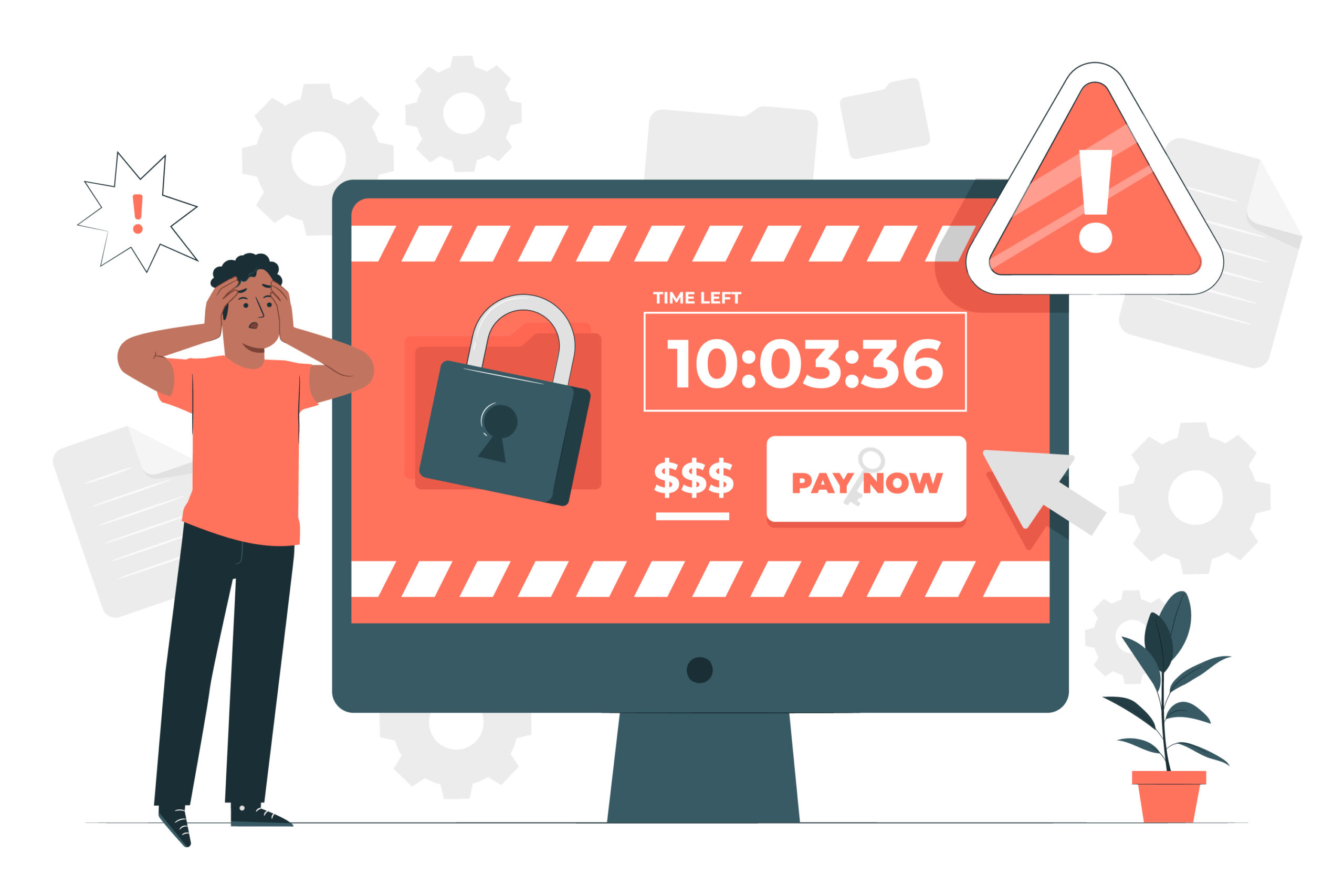In today’s digital age, ransomware attacks have become a pervasive threat, targeting individuals, businesses, and even government institutions. These malicious attacks can lead to data loss, financial losses, and significant disruptions. To protect yourself and your organization from the devastating impact of ransomware, it’s crucial to take proactive steps to enhance your cybersecurity. In this article, we’ll explore ten essential tips for staying safe from ransomware attacks.

- Regularly Back Up Your Data
One of the most effective strategies to protect against ransomware is to regularly back up your data. Ensure you have a robust backup system in place that stores copies of your files on offline or cloud-based platforms. Regular backups will enable you to restore your data if it’s ever compromised by ransomware.
- Update Your Software and Systems
Outdated software and operating systems are prime targets for ransomware attacks. Keep all your software, including your operating system and security software, up to date. Cybersecurity updates often include patches that address vulnerabilities that ransomware attackers may exploit.
- Educate Yourself and Your Team
Ransomware attacks often succeed due to human error, such as falling victim to phishing emails or downloading malicious attachments. Educate yourself and your team about the latest phishing tactics and how to recognize suspicious emails. Regular training and awareness programs can significantly reduce the risk of successful attacks.
- Use Strong, Unique Passwords
Weak passwords are an open invitation to ransomware attackers. Strengthen your defenses by using complex, unique passwords for each of your accounts. Consider using a reputable password manager to generate and securely store your passwords. Implementing multi-factor authentication (MFA) wherever possible adds an extra layer of protection.
- Employ Antivirus and Anti-Malware Software
Invest in reliable antivirus and anti-malware software to safeguard your devices from ransomware and other cyber threats. Ensure that your security software is regularly updated and configured to scan for threats in real-time. This proactive approach can help identify and neutralize ransomware before it can cause damage.
- Exercise Caution with Email Attachments and Links
Email is a common vector for ransomware distribution. Exercise extreme caution when opening email attachments or clicking on links, especially if the sender is unknown or the email appears suspicious. Verify the sender’s legitimacy and scrutinize the email address to avoid falling prey to phishing attempts.
- Enable Popup Blockers and Ad Blockers
Ransomware can also infiltrate your system through malicious advertisements and pop-ups on websites. Use popup blockers and ad blockers to reduce your exposure to potentially harmful content. These tools can prevent accidental clicks on malicious ads or pop-ups that may lead to ransomware infections.
- Secure Remote Desktop Protocol (RDP)
Many organizations use Remote Desktop Protocol for remote access. Ensure that RDP is configured securely with strong authentication and proper access controls. Limit RDP access to only authorized users and regularly monitor for any suspicious activity.
- Implement Network Segmentation
Network segmentation involves dividing your network into smaller, isolated segments to contain the spread of ransomware. In the event of an attack, segmentation can limit the attacker’s ability to move laterally within your network, reducing the potential damage.
- Have a Comprehensive Incident Response Plan
Despite your best efforts, ransomware attacks can still occur. Having a well-documented incident response plan is crucial. This plan should outline the steps to take when a ransomware attack is detected, including isolating affected devices, notifying stakeholders, and initiating data recovery processes.
Conclusion
Ransomware attacks continue to evolve and pose a significant threat to individuals and organizations worldwide. However, by following these ten essential tips, you can significantly reduce your vulnerability to these malicious attacks. Regular data backups, software updates, user education, strong passwords, security software, email vigilance, and network security measures are vital components of a robust ransomware defense strategy. Remember that staying safe from ransomware is an ongoing process, and proactive cybersecurity measures are your best defense in our increasingly digital world.